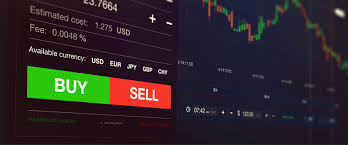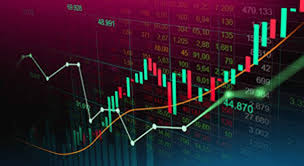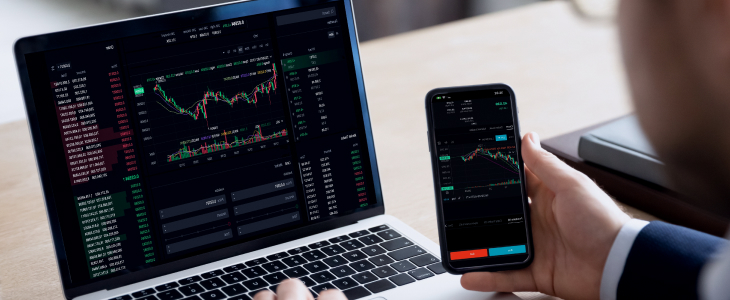
Forex Day Trading: Strategies for Success
Day trading in the foreign exchange (Forex) market involves buying and selling currency pairs within the same trading day. This fast-paced environment attracts traders seeking to make quick profits through fluctuations in currency prices. For both beginners and experienced traders, successful day trading requires a well-thought-out strategy, discipline, and a good understanding of market dynamics. If you’re looking to improve your day trading skills, forex day trading ZAR Trading offers resources that can help.
Understanding Forex Day Trading
Forex day trading differs significantly from long-term investing. The primary goal is to capitalize on small price movements while minimizing exposure to overnight market risks. Traders typically execute multiple trades throughout the day, taking advantage of the volatility that characterizes the Forex market.
Benefits of Forex Day Trading
- High Liquidity: Forex markets are among the most liquid in the world, allowing traders to enter and exit positions with ease.
- Flexibility: Traders can work from anywhere with an internet connection, making it a suitable option for a wide range of lifestyles.
- No Overnight Risks: By closing all positions by the end of the trading day, day traders avoid risks associated with price changes overnight.
- Control: Day trading allows individuals to take their trading decisions based on real-time market analysis.
Key Strategies for Forex Day Trading
Implementing effective strategies can significantly increase your probability of success in the Forex market. Here are some key strategies that can help you navigate this competitive landscape:

1. Scalping
Scalping refers to making multiple trades throughout the day to capitalize on small price movements. This strategy requires a trading account that offers tight spreads and low commissions, as profits are generally small. Scalpers often hold positions for just a few seconds or minutes, needing to react quickly to market changes.
2. Momentum Trading
Momentum trading focuses on trading based on the strength of market trends. Traders look for currency pairs showing strong upward or downward momentum and make trades accordingly. Utilizing indicators such as Moving Average Convergence Divergence (MACD) and Relative Strength Index (RSI) can help identify potential entry and exit points.
3. Technical Analysis
Technical analysis involves studying price charts and historical data to predict future market movements. Day traders typically use tools like trendlines, support and resistance levels, candlestick patterns, and various technical indicators to make informed trading decisions.
4. News Trading
News trading capitalizes on market volatility triggered by news events, economic reports, or geopolitical developments. A successful news trader must keep abreast of economic calendars and news releases that can impact currency values, understanding how to interpret the information quickly.
Risk Management in Forex Day Trading
Effective risk management is crucial for long-term success in Forex day trading. Here are some essential risk management strategies:
1. Set Stop-Loss Orders
Always use stop-loss orders to limit potential losses on any given trade. This order automatically closes a trade at a predetermined price, helping to guard against excessive losses.
2. Position Sizing

Determine how much of your trading capital to risk on each trade. A common rule is to risk only 1-2% of your account balance on a single trade, allowing for plenty of trades even in case of losses.
3. Maintain a Trading Journal
A trading journal helps track your trades and analyze your performance over time. This tool can be invaluable for recognizing patterns, successes, and areas for improvement.
Tools of the Trade
Having the right tools at your disposal is vital for successful Forex day trading. Here are some essential tools to consider:
1. Trading Platform
Choose a reliable trading platform that supports fast execution, features advanced charting tools, and provides access to market news and analysis. Popular platforms include MetaTrader 4/5 and TradingView.
2. Economic Calendar
Use an economic calendar to stay updated on important economic releases and events that can impact currency prices.
3. Trading Alerts
Set up trading alerts to notify you of significant price movements or when certain technical conditions are met. This ensures that you don’t miss out on trading opportunities.
Conclusion
Forex day trading can be a lucrative endeavor for those willing to put in the time, effort, and discipline to learn the necessary skills and strategies. By understanding market dynamics, implementing effective trading strategies, and maintaining strict risk management practices, traders can enhance their chances of success in the exciting world of Forex day trading. Remember, continuous education and adaptation to changing market conditions are key to staying ahead in this competitive field.
